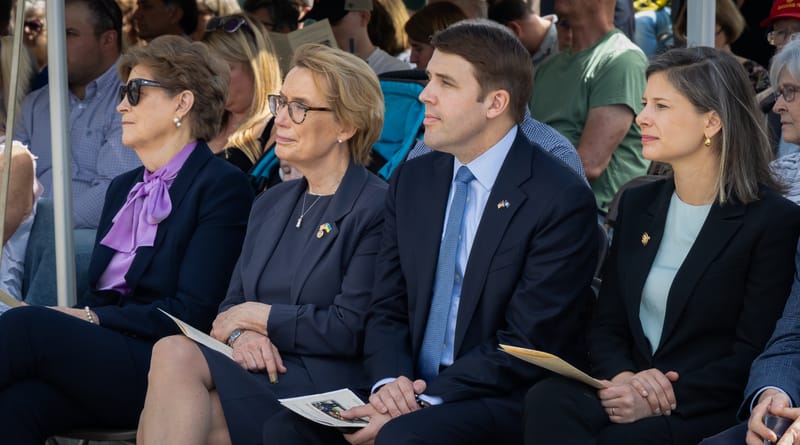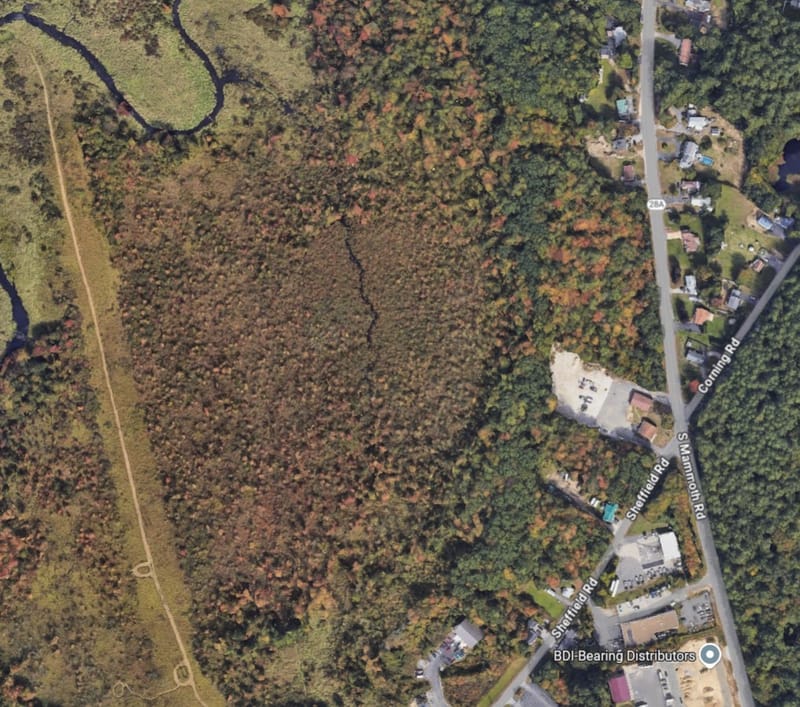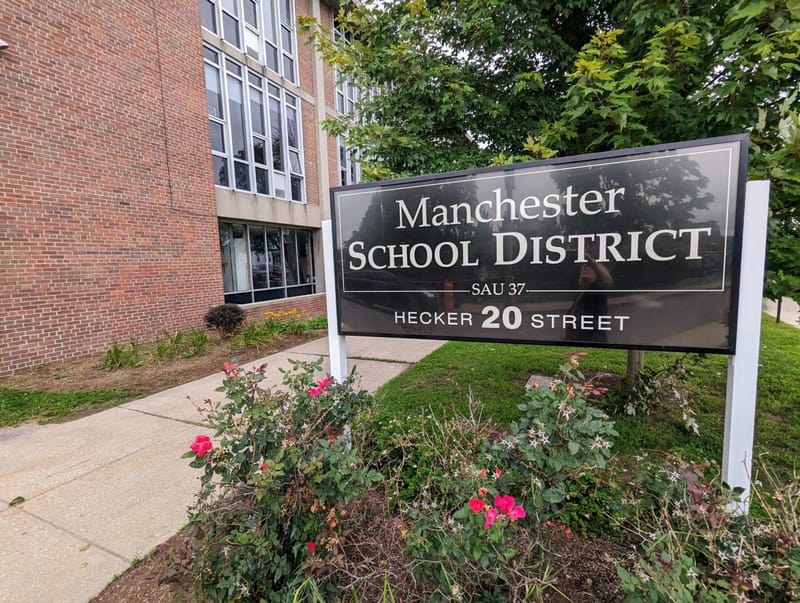State budget move cuts towns, cities cut out of any rooms and meals revenue rise
An amendment to the proposed state budget that could net the state’s general fund an estimated $11 million more in rooms and meals tax revenue than it’s due to get, but leaves municipalities out of any gains, was approved by the House Finance Division I Tuesday.

CONCORD, NH – An amendment to the proposed state budget that could net the state’s general fund an estimated $11 million more in rooms and meals tax revenue than it’s due to get, but leaves municipalities out of any gains, was approved by the House Finance Division I Tuesday.
The proposal caps distribution to municipalities for the next two years at $137 million – a little more than the $136.6 million they’re estimated to receive by the end of this fiscal year – rather than distribute to municipalities the 30% that’s current law.
The House Ways and Means Committee estimates that the amount collected from what’s officially the Meals and Rentals Tax will increase by 2-5% each year in fiscal years 2026 and 2027, for an increase of about $11 million. Gov. Kelley Ayotte’s budget predicts it will increase 10.6%.
The amendment is part of the Legislature’s effort to find a way to fund the state’s fiscal year 2026-27 budget in the face of declining state revenues.
The rooms and meals tax is 8.5%, levied on consumers who pay for overnight lodging, meals and rental vehicles. The amount being taxed hasn’t changed, but revenues are expected to continue to rise after the sharp COVID-era decrease of 2020-22.
“This is just saying (to cities and towns) you’re going to be held flat for two years.” Chair Rep. Dan McGuire, R-Epsom, told the Finance Division 1 committee Tuesday. “Essentially everybody will get the same as they’re getting now.”
The proposal passed, 6-2, with the only comments during the brief discussion from the two committee members who voted against it. Both were concerned about the loss of potential revenue to municipalities.
“But if there’s more money to be distributed to municipalities, then this cap would decrease what is going to municipalities?” Rep. Karen Ebel, D-New London, asked.
“That’s right,” McGuire said. But he said that if rooms and meals tax revenues go down, rather than the projected increase, “this is guaranteeing them $137 million a year” rather than a lower number based on a percentage.
Rep. Chris Muns, D-Hampton, said that the municipalities would have to make up the difference. “Since there’s a reduction in revenue to the towns, at least theoretically – it would be a reduction at least with the assumption the House Ways and Means Committee is making – and theoretically then at least, that means that the local towns would have to make that up with some kinds of additional taxes at their level,” Muns said.
The amendment is still being written, but the committee was told it won’t be written that the amount for municipalities is either $137 million OR a percentage, it just calls for $137 million. That’s a change from the law before 2022, when the portion that went to municipalities was either 40% or a cap. In recent years, before the COVID pandemic, the amount distributed under the cap came in below 40%, according to state Department of Revenue figures.
The state will distribute an estimated $136.6 million to cities and towns by the end of FY 2025, from $447.4 million collected. The FY 2025 figure is up from $130.9 million in FY 2024, $121 million in FY 2023 and $100.1 million in FY 2022, the first year that the municipal distribution was 30% with no cap.
The amount each municipality gets is based on a formula that includes population. McGuire said Tuesday it comes out to about $100 a person.
The tax was decreased from 9% to 8.5% in 2021. Last year, a bill to lower it to 7.5% wasn’t successful. The amount distributed to municipalities was also decreased in fiscal year 2022 from 40% to 30%, but the 40% was also an either/or an amount cap – whichever is lower – and the distribution in pre-COVID years was usually below 40%. The most recent cap was $68.8 million, which was the distribution from FY 2018 to 2021. The Legislature did away with an amount cap when it reduced the distribution to 30%.
The meals portion makes up about 80% of what’s collected, rooms are 18% and rental vehicles about 2%. A portion of what’s collected goes to the School Building Aid Debt Service, which are bond and interest payments. That amount is $549,956 in FY 2025. That number is decreasing each year, and will be $317,680 in 2030, according to the revenue department.
Of what’s left after money goes into the school bond fund, 30% goes to towns and cities and the rest goes into the general fund.





